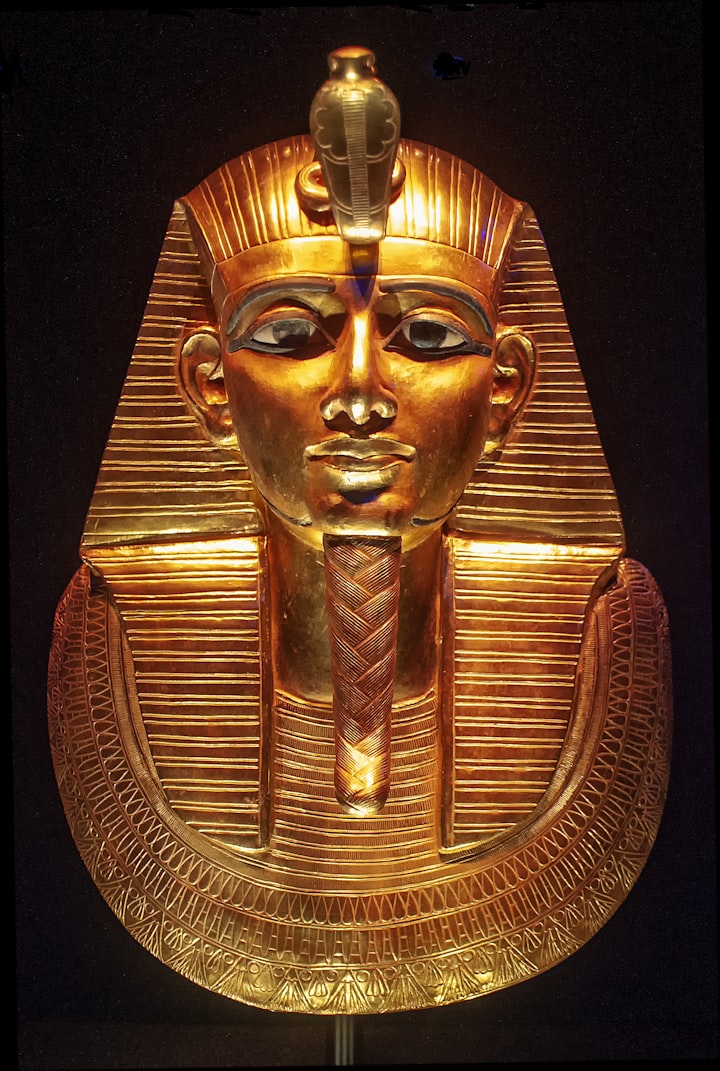
The world of film and television is a dynamic realm where creativity knows no bounds. As storytelling evolves, so do the trends in hair and makeup, crucial elements that enhance characters and bring narratives to life. Over the years, these trends have undergone significant transformations, reflecting societal changes, technological advancements, and the ever-evolving landscape of fashion and beauty.
Historical Perspectives:
The roots of cinematic hair and makeup trends can be traced back to the early days of silent films. In the silent era, exaggerated makeup and expressive hairstyles were essential for conveying emotions to the audience, compensating for the lack of dialogue. As technology progressed and the industry embraced sound, a more naturalistic approach emerged, with the focus shifting towards enhancing actors' features without overshadowing their performances.
Golden Age Glamour:
The Golden Age of Hollywood brought forth an era of glamour and sophistication. Starlets like Marilyn Monroe and Audrey Hepburn became iconic figures, influencing fashion and beauty standards. Red lips, winged eyeliner, and perfectly coiffed hairstyles characterized the era, setting the stage for timeless beauty trends that continue to inspire today.

Technicolor Transformations:
The introduction of Technicolor in the mid-20th century revolutionized the film industry. This shift to color cinema prompted makeup artists to adapt their techniques to ensure actors looked equally stunning on screen. Vibrant colors, bold eyeshadows, and intricate hairstyles became prevalent, adding a new layer of visual appeal to cinematic storytelling.
The Revolution of the 1960s:
The 1960s marked a period of cultural upheaval, reflected in the bold and experimental hair and makeup choices in film and television. The mod movement influenced on-screen looks with geometric shapes, graphic eyeliner, and pixie cuts. Actresses like Mia Farrow in "Rosemary's Baby" and Audrey Hepburn in "Breakfast at Tiffany's" epitomized the chic and avant-garde styles of the era.
1970s Naturalism:
As the 1970s rolled in, a counter-cultural shift brought forth a more naturalistic approach to beauty. Films like "Annie Hall" and "One Flew Over the Cuckoo's Nest" embraced a raw and unfiltered aesthetic. Actors showcased more authentic hairstyles and minimal makeup, reflecting a departure from the polished looks of the previous decades.
1980s Extravaganza:
The 1980s ushered in an era of excess, translating into bold and glamorous hair and makeup choices on screen. Big hair, vibrant eyeshadows, and power suits became emblematic of the decade's style. Blockbuster hits like "Flashdance" and "Pretty in Pink" showcased the diversity of looks, ranging from punk-inspired to preppy chic.
Contemporary Trends:
In the 21st century, the landscape of film and television has diversified, leading to a rich tapestry of styles that reflect global influences. The rise of high-definition technology has brought forth new challenges and opportunities for makeup artists, requiring a delicate balance between achieving a flawless look and preserving the authenticity of characters.
Diversity and Inclusion:
One of the most significant shifts in recent years is the industry's commitment to diversity and inclusion. Film and television have increasingly embraced a broader range of beauty standards, celebrating the uniqueness of each individual. This inclusivity is reflected in the diverse hairstyles, skin tones, and makeup styles seen on screen, fostering a more representative and authentic visual narrative.
Technology and Special Effects:
Advancements in technology have given rise to groundbreaking special effects, influencing the way makeup is approached in the industry. From intricate prosthetics in fantasy films to hyper-realistic aging makeup in historical dramas, the marriage of artistry and technology has elevated the craft to new heights, allowing for more immersive storytelling.
The evolution of hair and makeup trends in film and television is a captivating journey through the changing tides of culture, fashion, and technology. From the silent film era to the present day, these trends have not only enhanced the visual appeal of characters but have also mirrored the societal shifts and cultural dynamics of each era. As the industry continues to evolve, one can only anticipate the exciting innovations that lie ahead, shaping the future of beauty in cinematic storytelling.
About the Creator
Arthy Raj
TAKE IT LITE, AND WALK OFF FROM THAT PATH.





Comments
There are no comments for this story
Be the first to respond and start the conversation.